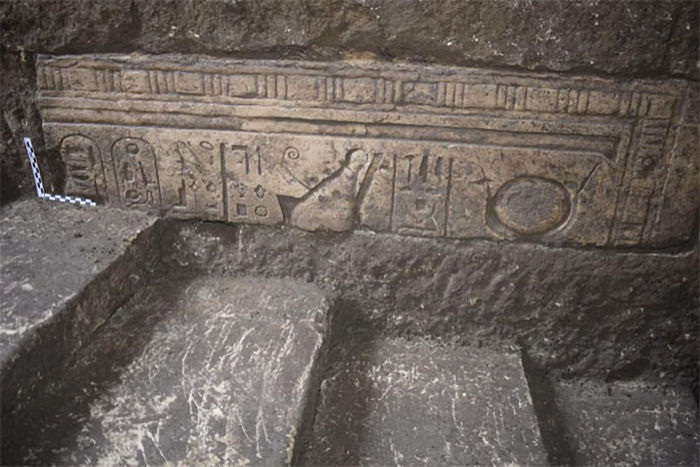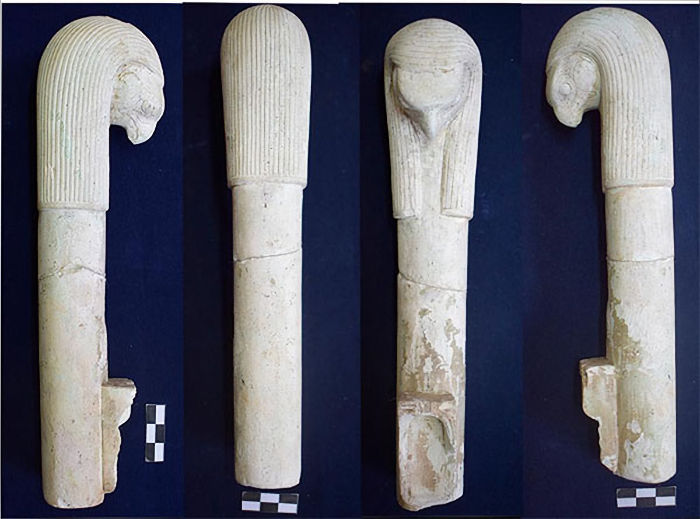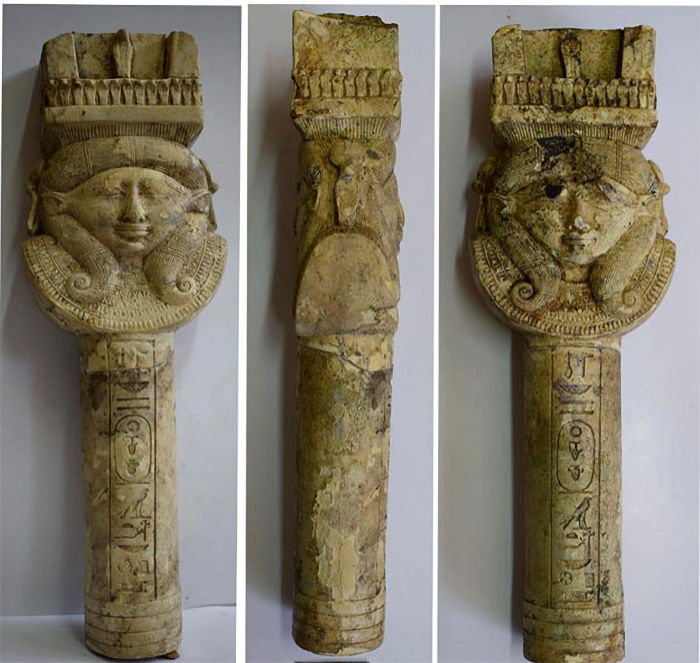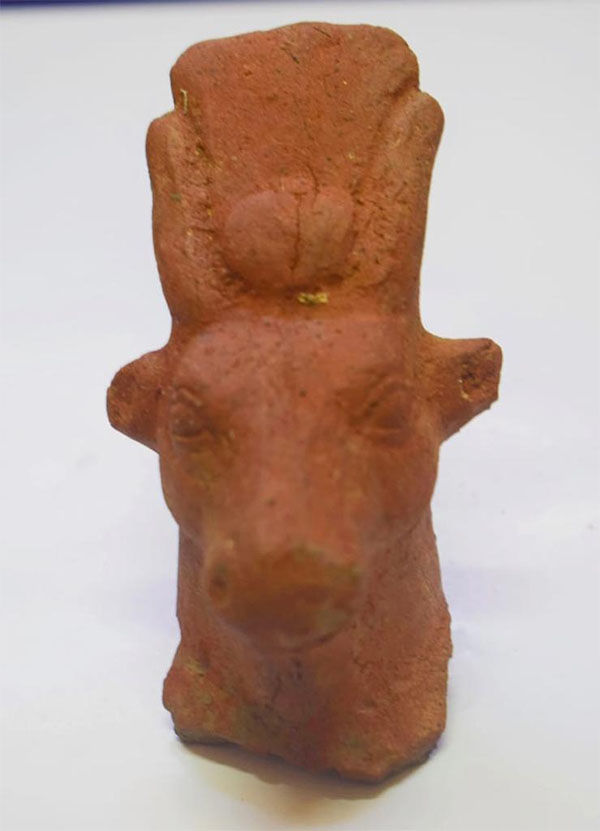Jan Bartek – AncientPages.com – Archaeologists excavating in Egypt have unearthed several interesting artifacts that were used in religious rituals for goddess Hathor.
The ancient tools were discovered at the Temple of the Pharaohs (Boto) in Kafr El-Sheikh governorate north of Cairo.

Credit: Egypt’s Supreme Council of Antiquities
Goddess Hathor, one of ancient Egypt’s greatest female deities was “believed to have been worshiped already during the pre-Dynastic Period but most evidence of her importance can be found in records of later dynasties.
Occasionally, she is mentioned in the Pyramid Texts and much more often in the Coffin Texts of the late third millennium BC (the “Eye of Horus), and later, in other religious literary works.
In the north, in the Nile Delta, she was also the “Eye, taking the form of the guardian cobra goddess Wadjet, whose symbol was placed on the forehead of pharaohs.” 1

Credit: Egypt’s Supreme Council of Antiquities
According to Egypt’s Supreme Council of Antiquities among the recently uncovered ancient artifacts there are several valuable ritual instruments.
“The instruments include a part of a limestone pillar in the form of goddess Hathor, and a group of incense burners made of faience, one of them decorated with the head of god Horus,
They also include a group of clay vessels that were used in religious and ceremonial rituals of goddess Hathor, a collection of statuettes depicting deities Tawart and Djehuty, a small maternity chair, a large offering holder, a pure gold Udjat eye, and the remains of golden scales used in the gilding of some other pieces,” Ahram Online reports
The eye was an important ancient Egyptian symbol. It was common in ancient Egypt to wear amulets in the form of “wedjat-eye”.

Artifacts depicting Goddess Hathor. Credit: Credit: Egypt’s Supreme Council of Antiquities
“In the Pyramid Texts two “evil eyes” are mentioned, which seal the door-catch. It was believed that the sun and the moon were the eyes of the god Horus of whom it was written that “when he opens his eyes he fills the universe with light and when he shuts them darkness appears”. The name “Osiris” means “place of the eye” and until the 18th Dynasty, the left-hand side of a coffin was decorated with a pair of eyes so the deceased could see his way through heaven.
At the end of the New Kingdom, the eye was also depicted on mummies in the area of the breast or feet, meaning the eyes of Horus, which were offered to the deceased.

Artifacts depicting Goddess Hathor. Credit: Credit: Egypt’s Supreme Council of Antiquities
Protective eye amulets were worn by both the living and the ᴅᴇᴀᴅ; the eye represented a unified Egypt, and action, anger, or protection. The eye was ᴀssociated with the barque: “your right eye is the evening barque; your left eye is the morning barque”. Read more about the Eye of Horus and Eye of Ra.” 2
According to Ahram Online, “archeologists also discovered a wonderful group of ivory depicted scenes of women carrying offerings, scenes of the daily life, including plants, birds and animals, a large limestone lintel with hieroglyphic texts, along with a part of a royal painting of a king performing religious rituals in the temple.
Hieroglyphic inscriptions bearing the five тιтles of King Psamtik I, and the names of the two kings “Waha Ip-Ra” and “Ahmose II” of the 26th dynasty kings were also uncovered.
See also: More Archaeology News
Hossam Ghoneim, director general of Kafr El-Sheikh antiquities and head of the mission, said that a large limestone well for sacred water and a mud brick Ptoleimaic bath consists of a bathtub, a water basin and a place for heating water were also discovered.”
These new archaeological discoveries shed new light on how ancient Egyptians performed rituals in honor of Goddess Hathor.
Written by Jan Bartek – AncientPages.com Staff Writer
Expand for references
- Angela Sutherland – Hathor – One Of Ancient Egypt’s Greatest Female Deities, AncientPages.com
- Sutherland – 12 Ancient Egyptian Symbols Explained, AncientPages.com





